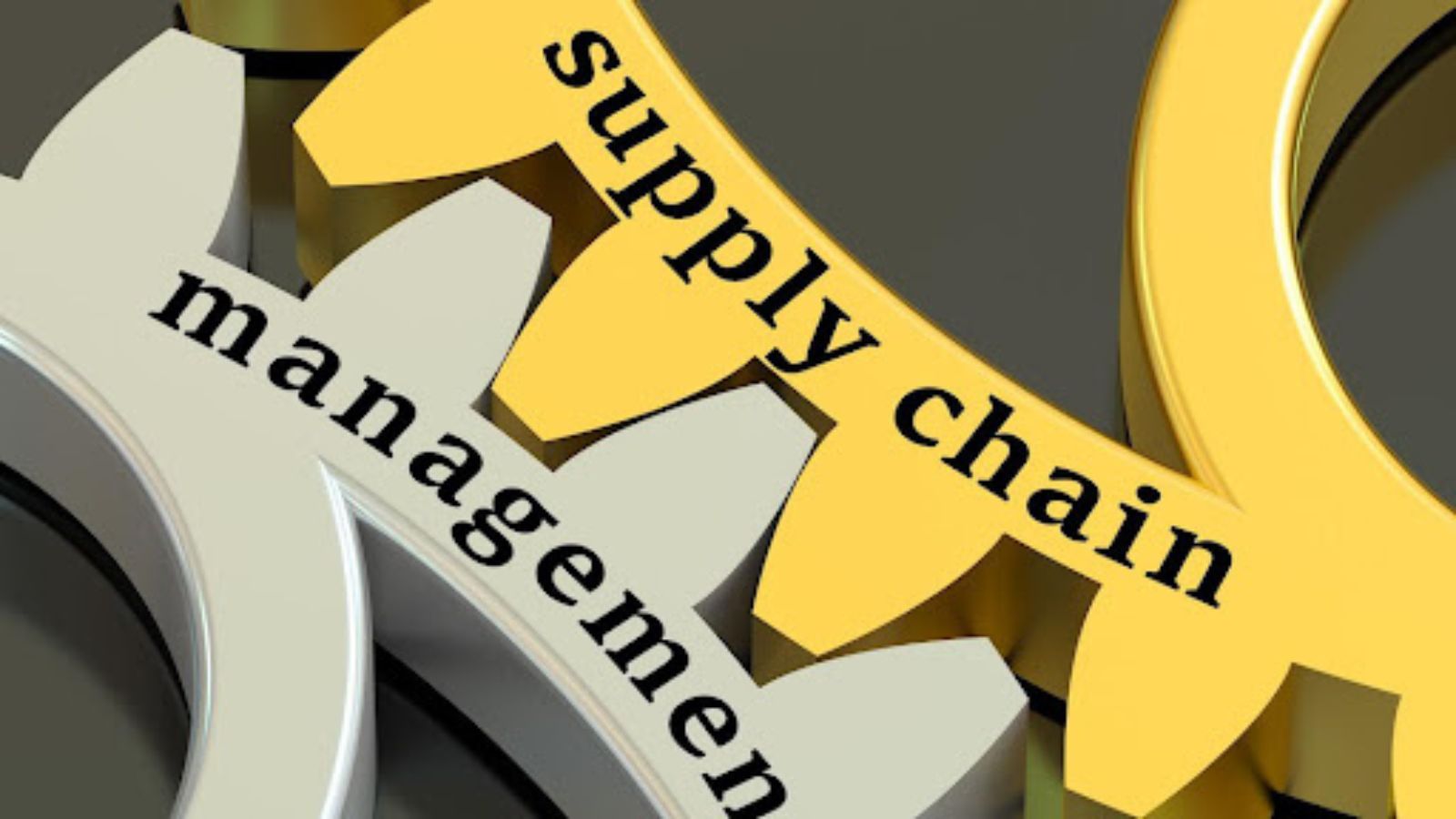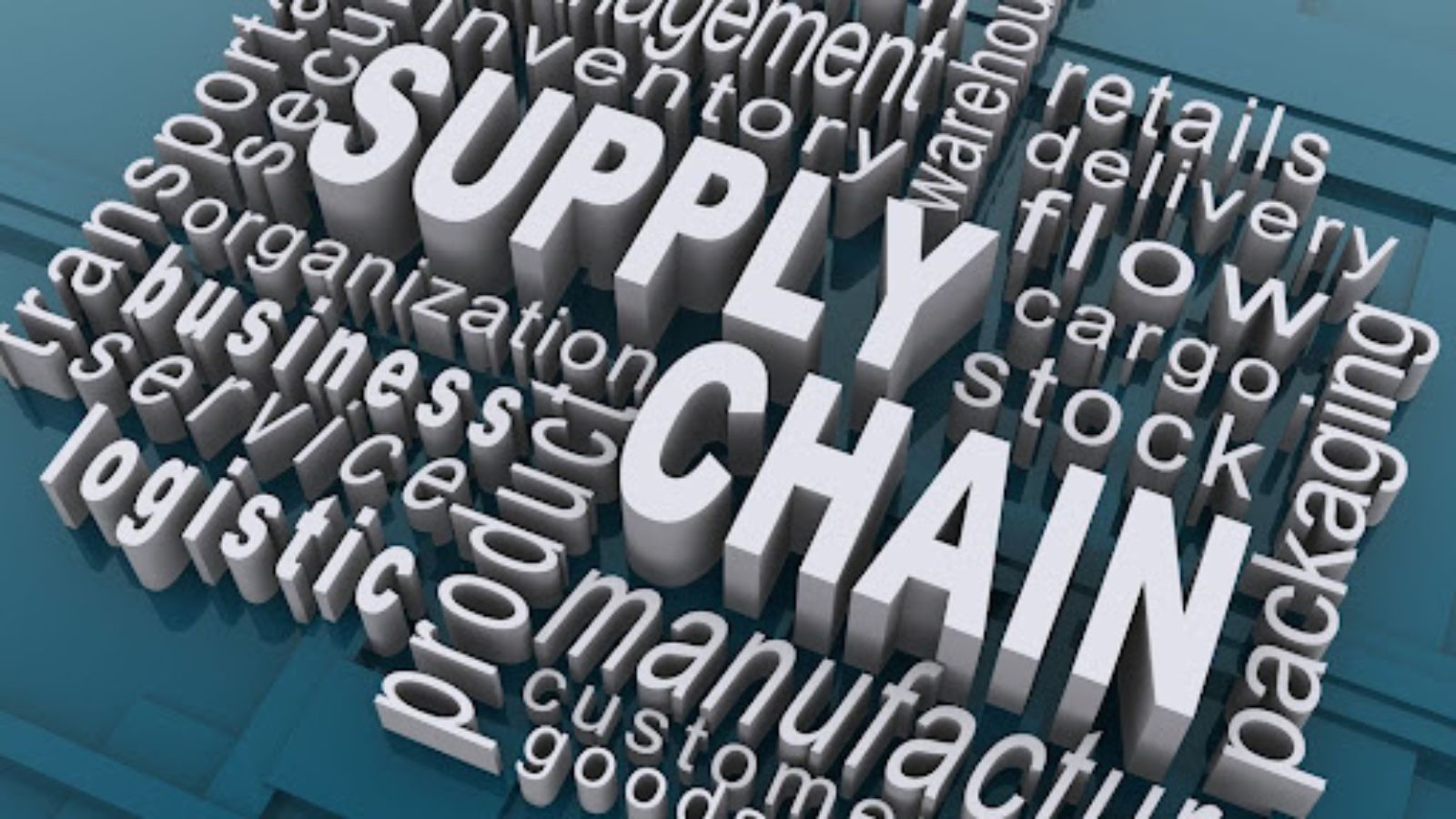
The modern supply chain is a complex production, transportation, and distribution dance. Optimizing this dance requires data-driven insights. This guide explores the world of supply chain analytics tools and technologies, empowering you to harness the power of information and transform your logistics. We’ll delve into core functionalities, explore cutting-edge advancements, and equip you to select the perfect end to end supply chain visibility solution for your business needs.
Key Components of Supply Chain Analytics
A. Data Collection
Sources of Supply Chain Data
Data is the backbone of any supply chain analytics initiative. The sources of supply chain data are diverse and can include internal systems, such as enterprise resource planning (ERP) systems, customer relationship management (CRM) systems, and warehouse management systems (WMS). External sources like market data, social media, and third-party logistics providers (3PLs) also contribute valuable information. By harnessing data from these varied sources, companies can comprehensively view their supply chain operations.
Methods for Collecting Accurate and Timely Data
Accurate and timely data collection is crucial for effective supply chain analytics. The Internet of Things (IoT), Radio Frequency Identification (RFID), and barcode scanners are pivotal in real-time data capture. IoT devices can monitor conditions in transit, RFID tags enable precise inventory tracking, and barcode scanners facilitate rapid data entry. Together, these tools ensure that the data collected is current and precise, forming a solid foundation for analytics.
B. Data Integration
Combining Data from Various Sources
Once data is collected, the next challenge is to integrate it from various sources. This involves combining structured and unstructured data to create a unified dataset. Data integration supply chain analytics platform and Extract, Transform, Load (ETL) tools are essential for this process. They enable seamless data flow between systems, ensuring the integrated data is comprehensive and ready for analysis.
Ensuring Data Compatibility and Consistency
Ensuring data compatibility and consistency is a critical step in data integration. This involves standardizing data formats, resolving discrepancies, and maintaining data quality across different sources. Data integrationsupply chain data analytics software often include data cleaning and validation features, which help achieve a consistent and reliable dataset. This step is crucial for accurate analytics and decision-making.
C. Data Storage and Management
Choosing Appropriate Data Storage Solutions
The choice of data storage solutions depends on the volume and nature of the data. Cloud-based storage options like AWS, Google Cloud, and Microsoft Azure offer scalability, flexibility, and cost-effectiveness. They are ideal for handling large datasets and providing easy access to data from anywhere. On the other hand, on-premises storage solutions might be preferred for sensitive data that requires stringent security measures.
Ensuring Data Security and Privacy
Data security and privacy are paramount in supply chain management. Robust encryption methods, access controls, and compliance with regulations like GDPR are essential to protect data from breaches and unauthorized access. Strong security measures ensure that the data remains confidential and integrity is maintained, fostering trust among stakeholders.
II. Essential Supply Chain Analytics Tools
A. Data Collection Tools
IoT Devices
IoT devices are revolutionizing data collection in supply chains. These devices can monitor and transmit real-time data on various parameters such as temperature, humidity, and location. For instance, IoT sensors in shipping containers can provide continuous updates on the condition of perishable goods, enabling proactive measures to prevent spoilage.
RFID Technology
RFID technology uses electromagnetic fields to identify and track tags attached to objects. In supply chains, RFID tags are used for inventory management, allowing for real-time tracking of products. This technology enhances visibility and accuracy, reducing the chances of lost or misplaced items.
Barcode Scanners
Barcode scanners are widely used for data collection in warehouses and retail environments. They facilitate quick and accurate data entry, enabling efficient inventory management. Employees can update stock levels by scanning barcodes, track shipments, and ensure products are correctly labeled.
B. Data Integration Platforms
ETL (Extract, Transform, Load) Tools
ETL tools are essential for integrating data from various sources. They extract data from different systems, transform it into a standardized format, and load it into a centralized database. Popular ETL tools like Talend, Informatica, and Apache Nifi streamline the data integration process, ensuring data is ready for analysis.
API Integrations
API integrations enable seamless communication between different software systems. They allow for real-time data exchange, ensuring that all systems are updated simultaneously. APIs are crucial for integrating supply chain management analytics software with other enterprise systems, enhancing overall efficiency and accuracy.
C. Data Storage Solutions
Cloud-Based Storage (AWS, Google Cloud, Microsoft Azure)
Cloud-based storage solutions offer numerous advantages, including scalability, flexibility, and cost savings. Supply chain analytics services like AWS, Google Cloud, and Microsoft Azure provide robust infrastructure for storing large volumes of data. They also offer advanced features like data encryption, backup, and disaster recovery, ensuring data availability and security.
On-Premises Storage
Companies with strict data security requirements prefer on-premises storage solutions. These solutions involve maintaining physical servers within the organization’s premises, providing complete control over data management. While they offer enhanced security, they also require significant investment in infrastructure and maintenance.
D. Data Analysis and Visualization Tools
Business Intelligence Software (Tableau, Power BI, Qlik)
Business intelligence (BI) software like Tableau, Power BI, and Qlik are essential for data analysis and visualization. These tools provide intuitive interfaces for creating interactive dashboards and reports, enabling users to gain insights from their data. They support various data sources and offer powerful analytics capabilities, making them indispensable for supply chain analytics.
Advanced Analytics Platforms (SAS, R, Python)
Advanced analytics platforms such as SAS, R, and Python are used for complex data analysis and predictive modeling. These platforms offer robust statistical and machine learning capabilities, allowing analysts to uncover patterns, trends, and insights from large datasets. They are particularly useful for supply chain predictive analytics, helping companies forecast demand and optimize operations.
Supply Chain Management Software with Built-In Analytics (SAP, Oracle, JDA)
Supply Chain Risk & Performance Software with built-in analytics, like SAP, Oracle, Coupa and JDA, provides end-to-end solutions for managing and analyzing supply chain operations. These platforms integrate various supply chain functions and offer comprehensive analytics features, enabling companies to achieve visibility and analytics, improve decision-making, and enhance overall performance.
III. Implementing Supply Chain Analytics Technologies
-
Developing a Clear Analytics Strategy
Implementing supply chain analytics technologies begins with developing a clear analytics strategy. This involves defining the objectives, identifying key performance indicators (KPIs), and outlining the steps required to achieve the desired outcomes. A well-defined strategy ensures that all stakeholders are aligned and that the implementation process is structured and focused.
-
Selecting the Right Tools and Technologies
Selecting the right tools and technologies is crucial for the success of supply chain analytics initiatives. Companies must evaluate various supply chain analytics software and platforms to determine which best meet their needs. Factors to consider include the tools’ scalability, integration capabilities, ease of use, and cost. Engaging with supply chain analytics consulting firms can provide valuable insights and recommendations, ensuring the selection of the most suitable technologies.
-
Integrating Analytics Tools into Existing Systems
Integrating analytics tools into existing systems is a critical step that requires careful planning and execution. This involves ensuring compatibility with current systems, minimizing disruptions, and providing adequate user training. API integrations and ETL tools can facilitate seamless integration, enabling the smooth flow of data across different systems.
-
Building a Skilled Analytics Team
A skilled analytics team is essential for leveraging the full potential of supply chain analytics technologies. This team should consist of data scientists, analysts, and IT professionals with expertise insupply chain data analytics. Continuous training and development are vital to keep the team updated with the latest tools and techniques. Collaboration with supply chain analytics and consulting firms can enhance the team’s capabilities and drive successful outcomes.
Conclusion
Supply chain analytics tools and technologies are transforming how businesses manage their operations. Companies can achieve supply chain visibility and analytics, predict demand, optimize processes, and enhance customer satisfaction by effectively collecting, integrating, storing, and analyzing data. Implementing these technologies requires a clear strategy, tools, seamless integration, and a skilled team. With these components in place, businesses can harness the power of supply chain analytics to stay competitive in the dynamic market landscape.












